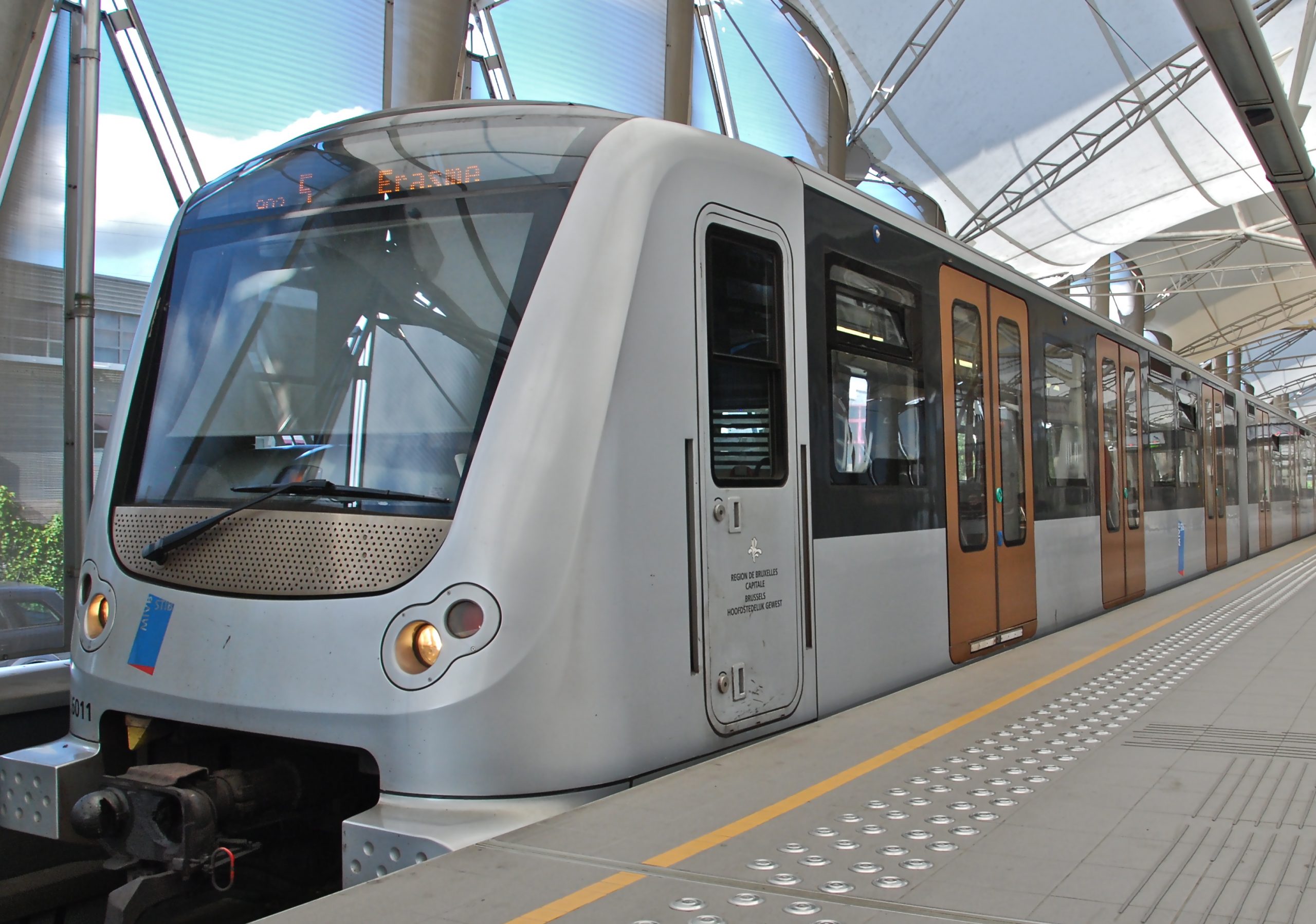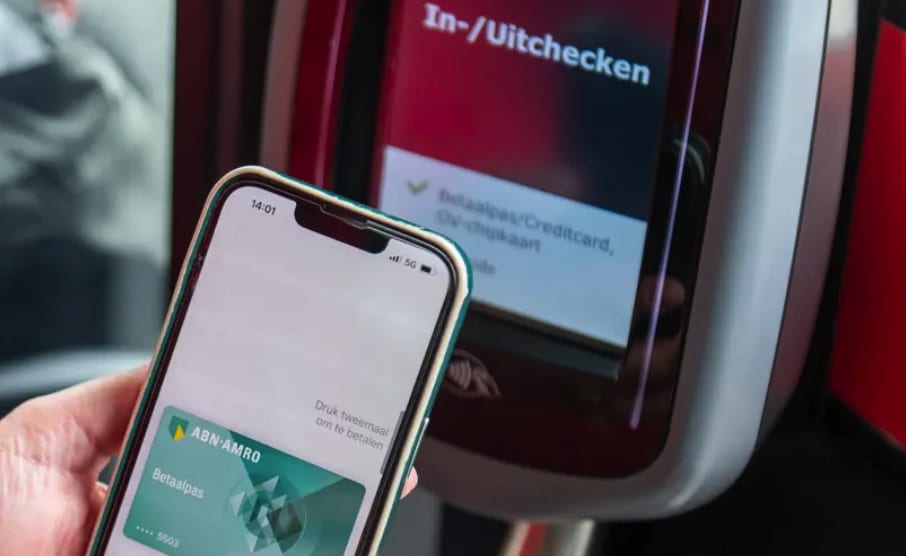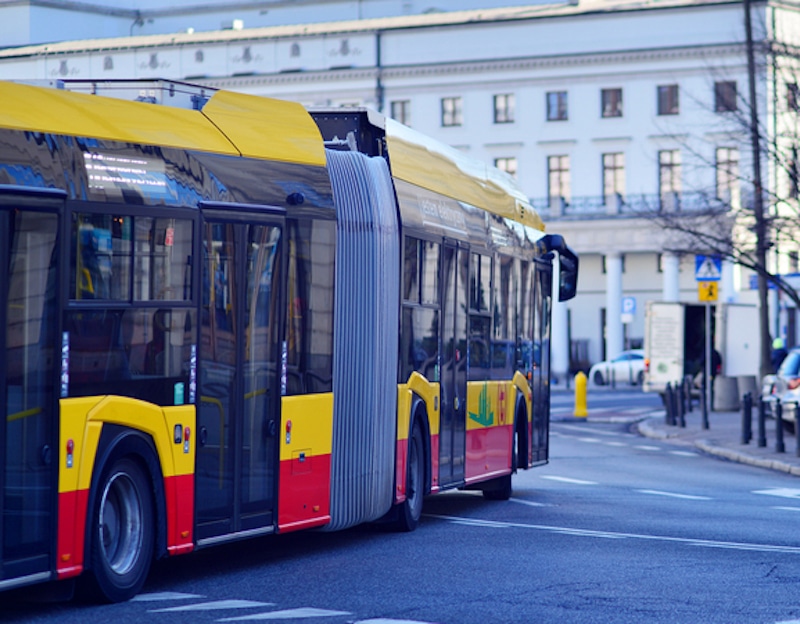
Article Highlights
The VP for information systems for STIB-MIVB, the dominant transit operator in Brussels, Belgium, sees the type of roaming used by mobile telcos globally as a model for transit agencies to bring about interoperability of fare collection worldwide.
Overall, STIB handled nearly 418 million trips across its various modes in 2018, up by 4.2% from the previous year. It runs more than 300 trams and nearly 700 buses, and its Brussels Metro has 69 stations.
STIB-MIVB
Brussels transit operator STIB is rolling out contactless EMV Payments on its three modes of transport, metro, bus and trams this spring.

















